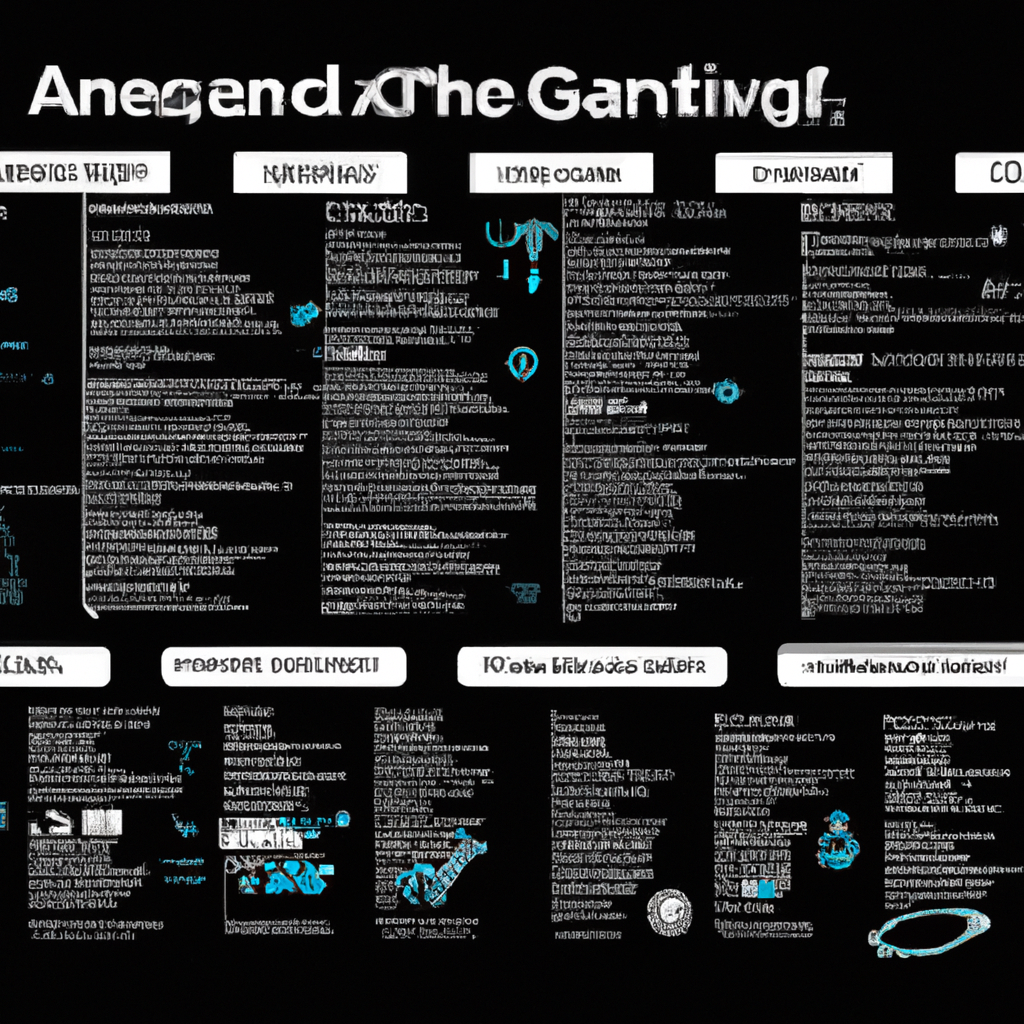Revolutionizing Connectivity: The Evolution of Internet Technologies
The journey of internet technologies has been nothing short of revolutionary. From the rudimentary networks of the late 20th century to the sophisticated systems of 2025, each phase has significantly shaped the digital landscape. This post explores the transformative stages of internet technology, highlighting key innovations and predicting future trends.
The Dawn of the Digital Age
The internet’s infancy can be traced back to the ARPANET in the 1960s, a pioneering project funded by the U.S. Department of Defense. This network laid the groundwork for what would eventually become the modern internet.
The Rise of the World Wide Web
In the early 1990s, Tim Berners-Lee developed the World Wide Web, which revolutionized information sharing and connectivity. This innovation introduced the concept of hyperlinks, making the internet vastly more accessible and useful.
Broadband and Mobile Internet
The introduction of broadband in the early 2000s transformed internet usage by significantly enhancing speed and reliability. The subsequent advent of smartphones further expanded internet access, making it a ubiquitous part of daily life.
The Era of 5G and Beyond
By 2025, 5G technology has become mainstream, offering unprecedented speeds and connectivity. This has enabled innovations like the Internet of Things (IoT) and smart cities, which rely on seamless and instant communication.
The Future: Quantum Networking?
Looking ahead, the potential introduction of quantum networking could once again revolutionize internet technology. By harnessing quantum properties, these networks could offer incredibly secure and instantaneous communications, far surpassing the capabilities of classical networks.
As we look to the future, it is clear that internet technologies will continue to evolve, driving further innovation and transforming how we connect and communicate.






